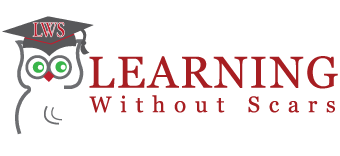One of the most important and significant activities in which we can be involved, in our professional lives, is helping in the development of the younger less experienced employees. Whether it is a direct coaching job or we mentor the younger less experienced workers we have a responsibility to transfer our knowledge to them. In older times each new employee was assigned to a “mentor” with whom they spent time. They would take breaks together, have lunch together, and this new employee worked as if they were helpers for the experienced employees.
The dilemma with this is that not everyone is good at transferring their knowledge and some employees will just not do it. Selecting the proper people to assign this responsibility is critical. Starting through all of the job functions, from the beginning to the end. Communicated in a different manner from the time the employee arrives at work until they leave at the end of the day. Everything and anything that pertains to the work.
This is part of developing a strong corporate culture. Culture is aimed at your heart. In this style of “onboarding” new employees, each person will feel part of the team. This is an extremely important function and this class will help you avoid the difficulties in performing this function.
